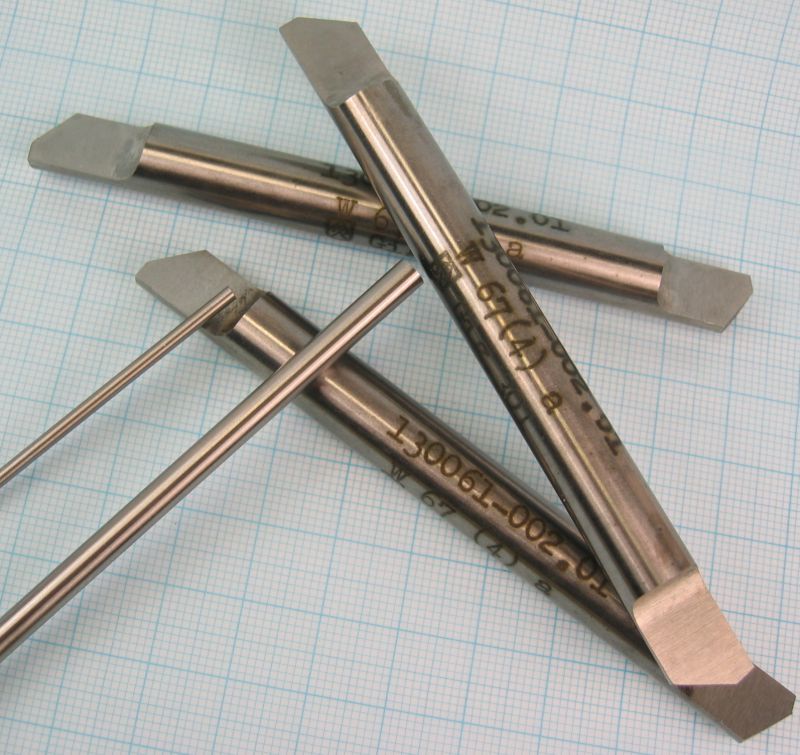- Joined
- Jun 24, 2010
- Messages
- 2,359
- Reaction score
- 931
I'm making my prototype head & valve cups. The plan was turn the cup OD 0.0005" under the matching 10mm hole in head & Loctite in place. I used a 4-flute centering end mill to obtain depth & sharp landing. BTW the hole enters at 22-deg angle into hemi combustion chamber. Unfortunately Im discovering the hole diameters are not identical. The same valve cup is not slip-fitting as consistently as Id like. Not sure if its the end mill, entering at an angle, my technique or...?
Next I used a 9.5mm end mill pilot followed by 10mm reamer. That achieved very consistent hole diameter & fit results. However the reamer end has ~ 0.035" chamfer so I no longer have the 90-deg ledge. In order to depth match the valve cups relative to the chamber roof & each other, it now has a matching chamfer. Not a big deal but I havent heard others reference this aspect. Maybe Im going about this operation wrong? Any techniques or comments?
Now the valve seat itself. The plans called for what works out to 0.042 diagonal seat, basically full 45-deg chamfer across the cup wall. Ive followed some of engine builds & that seems on the high side. I've read anywhere from 0.010" to 0.045" but maybe 0.015-0.020 is a reasonable target & also what I measured on commercial RC engine. Sketch shows 0.015 with valve seated +/- across the CC roof. But now I have those odd looking gaps. Its exaggerated by the scale & section. But Im more concerned with buildup crap getting lodged up in there. Again any comments or recs on this aspect?

Next I used a 9.5mm end mill pilot followed by 10mm reamer. That achieved very consistent hole diameter & fit results. However the reamer end has ~ 0.035" chamfer so I no longer have the 90-deg ledge. In order to depth match the valve cups relative to the chamber roof & each other, it now has a matching chamfer. Not a big deal but I havent heard others reference this aspect. Maybe Im going about this operation wrong? Any techniques or comments?
Now the valve seat itself. The plans called for what works out to 0.042 diagonal seat, basically full 45-deg chamfer across the cup wall. Ive followed some of engine builds & that seems on the high side. I've read anywhere from 0.010" to 0.045" but maybe 0.015-0.020 is a reasonable target & also what I measured on commercial RC engine. Sketch shows 0.015 with valve seated +/- across the CC roof. But now I have those odd looking gaps. Its exaggerated by the scale & section. But Im more concerned with buildup crap getting lodged up in there. Again any comments or recs on this aspect?












